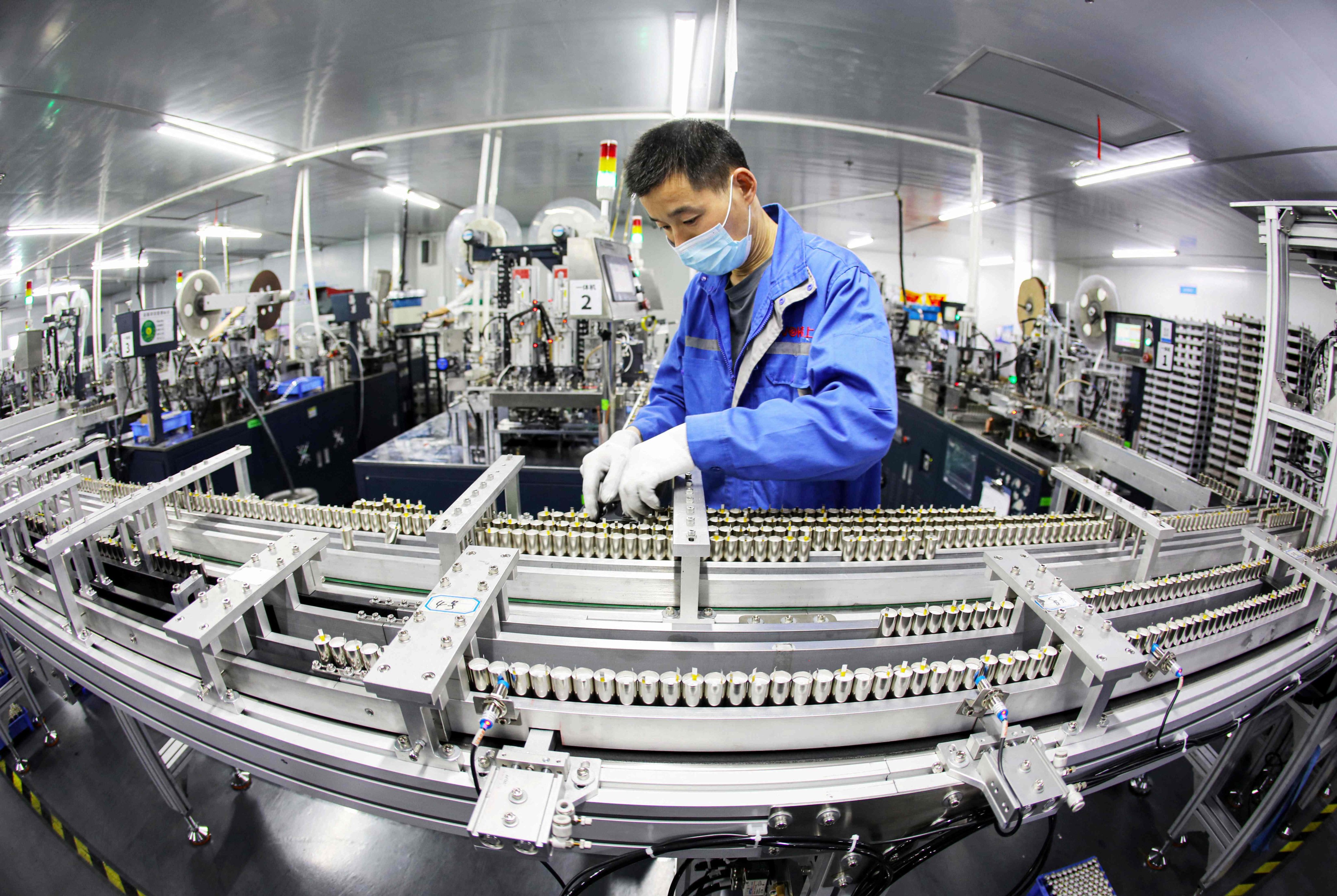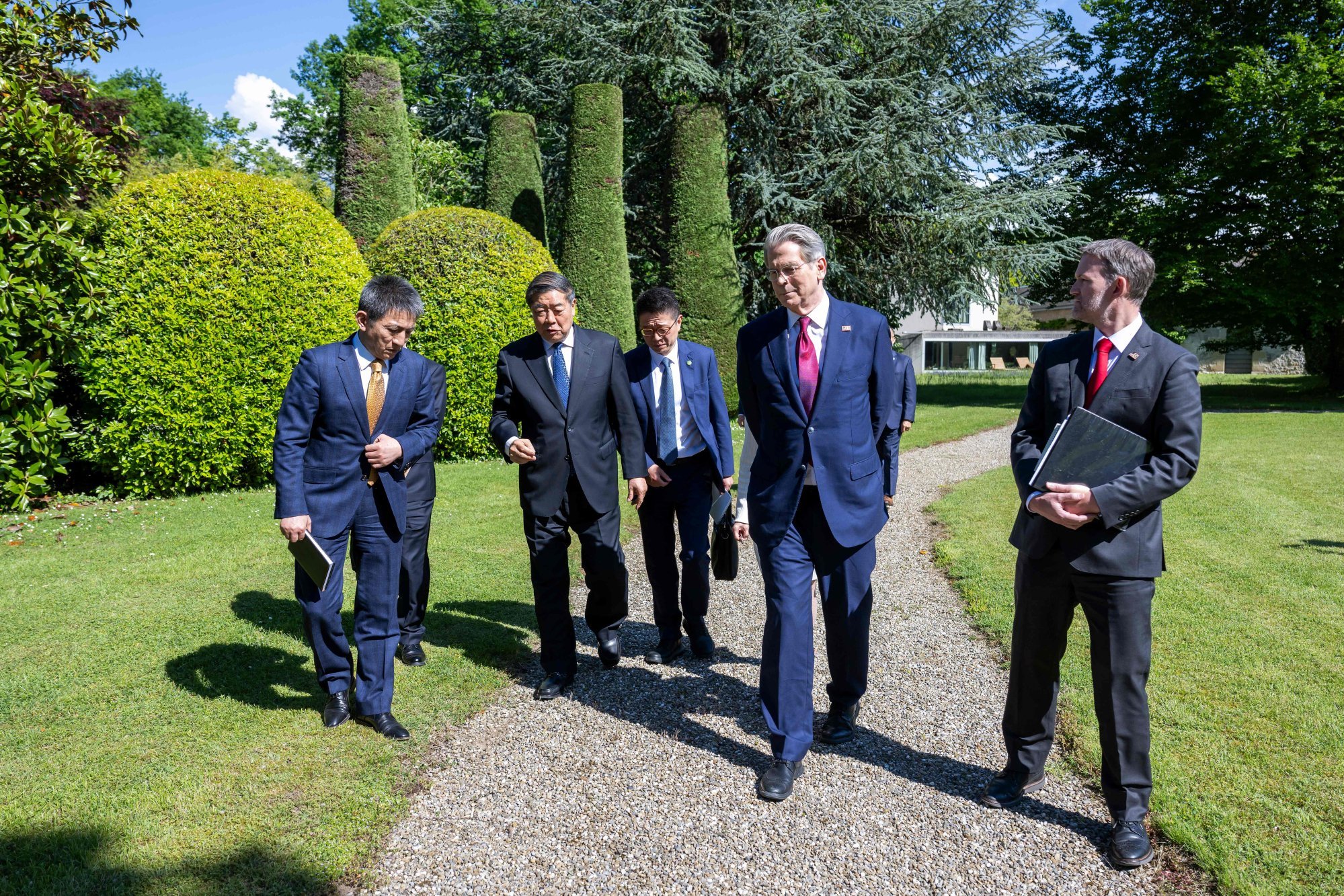Why East Asian integration could be the solution to US tariff threats
As Japan and South Korea struggled to reach trade deals with the US, China’s economic leverage offers an example for the rest of the region

Just ahead of the July 9 deadline to reach an agreement on tariffs, US President Donald Trump announced his decision on the tariffs levels for 14 countries – including a rate of 25 per cent on Japan and South Korea – effective August 1.
Trump accused Japan of not buying enough rice and cars from the US. It’s worth noting that the American car industry is simply not competitive in Japan. Germany, Japan and China are the top three auto exporters. Those countries, along with South Korea, have commanded high surpluses in the global auto trade while the US has incurred a steep deficit.
Japan’s rise was epitomised by global brands like Sony and Toyota. While Sony’s pre-eminence may have been long eclipsed by Samsung, Toyota is still one of the best carmakers in the world. As for electric vehicles (EVs), Chinese companies like BYD are emerging as formidable challengers to Tesla.
The East Asian economic model has been powered by export-led growth. East Asian economies went through similar pathways from basic labour-intensive products like apparel to hi-tech products such as cameras and smartphones.
Unlike Japan and South Korea, whose manufacturing is largely based on home-grown technologies, China has long played the role of an original equipment manufacturer. While laptops and smartphones represent a key proportion of China’s exports to the US, many of them are made for foreign brands. Geopolitics and cost factors notwithstanding, such a role is dispensable.
However, China has passed the stage where it competes on low costs. Labour-intensive production has shifted to Southeast Asia, South Asia and elsewhere. China remains a manufacturing powerhouse due to its robust supply chain and shift towards automation. Ranked third after South Korea and Singapore, China has surpassed Germany and Japan in adopting industrial robotics.
The US granted Japan and South Korea privileged access to its market partly out of Cold War considerations in the past. American calculations for China have been quite different. Washington has erected rings of trade barriers against Beijing.
China has been able to broker a trade truce with the US ahead of its allies Japan and South Korea, partly due to reciprocal leverage in the trading relationship. The US is dependent on China for rare earth minerals and various tech products. Without such leverage, Vietnam had to seemingly settle for a deal that favoured the US.
In an asymmetric trading relationship, the US’ size confers upon it tremendous market power – such was the logic when Trump launched his global trade wars in early April. But such imagined power was empirically tested when the US found itself in a de facto mutual trade embargo with China. In the end, the US was forced to recognise the balance of power based on the nature of trade interdependencies.
The key to resolving US-China trade relations lies in de-escalating their export restrictions towards each other. China leveraged foreign technologies to a large extent in its initial stages of development, propelling rapid growth. While the deepening of its supply chain is a natural evolution of its industrial capacity, China is forced into greater self-sufficiency due to US tech restraints.

Feeling threatened by China’s technological rise, the US has escalated its tech restrictions on China since the first Trump administration. In a review of critical technologies released by the Australian Strategic Policy Institute in 2024, China leads in 57 of the 64 areas. In 24 of these areas, such as drones, China dominates. According to a Harvard study released last month, the US still leads in key technologies, such as semiconductors. However, China is quickly closing gaps in sectors like quantum and biotechnology.
The US’ edge in semiconductors primarily lies in chip design and tools. Following its trade truce with China, the US recently lifted its export controls on chip design software to China.
Unhandled type: inline-plus-widget {“type”:”inline-plus-widget”}
For China, it matters less that iPhones are assembled in China when most of the value added is captured by Apple and suppliers of critical components. What truly matters is that Xiaomi has succeeded in making EVs where Apple stumbled.
High value is created when the world embraces Chinese intellectual properties, such as Pop Mart’s Labubu. From making quality products at low costs, China’s future lies in innovations designed at home. Meanwhile, manufacturing can take place anywhere from Southeast Asia to Africa.
Just like Silicon Valley in the US, innovations in China are concentrated in select regions. While the San Jose-San Francisco corridor ranks sixth, three of the top five science and technology clusters in the World Intellectual Property Organisation’s Global Innovation Index are in China – Shenzhen-Hong Kong-Guangzhou, Beijing and Shanghai-Suzhou. China has 26 of the top 100 clusters; the US boasts 20. As one of China’s leading tech regions, the Greater Bay Area development zone has a critical role to play in its innovation-driven future.
In fact, all of the world’s top five science and technology clusters are in East Asia, including top-ranked Tokyo-Yokohama and Seoul, ranked fourth. Why shouldn’t China collaborate with these forerunners of innovation-led growth?
In a similar model to the European Union’s collaborative research efforts, multinational research centres could be set up in Seoul, Tokyo and Beijing – pooling world-class expertise in robotics and batteries. From cars to consumer electronics, South Korean companies have long competed fiercely with their Japanese counterparts, yet this rivalry masks deeper complementarities.
Today, components from Japan and South Korea integrate into final products in China, creating value chains that transcend borders. Imagine the unstoppable force if these East Asian economic powerhouses overcame historical tensions to pursue collaborative innovation.